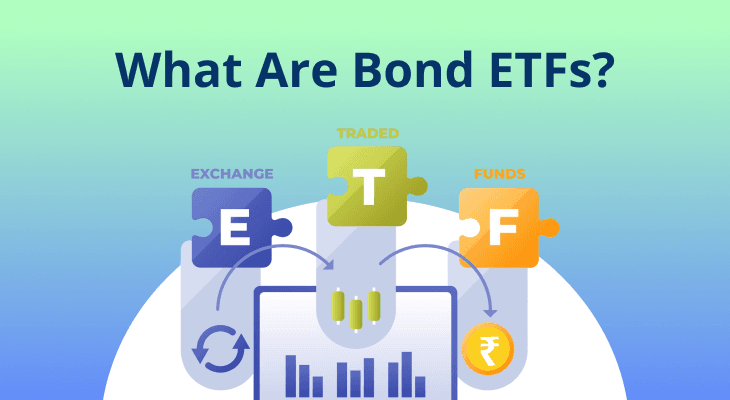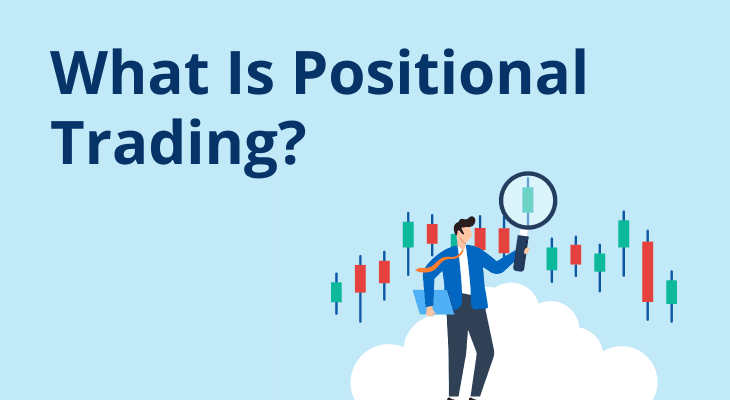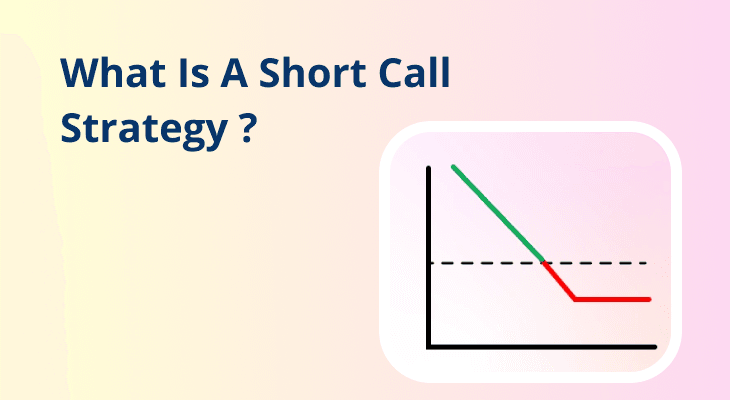
What Is Scalping Trading & How Does It Work?
For many traders, the idea of earning small but frequent profits throughout the day can seem exciting. This is where scalping trading comes in. It’s a short-term strategy focused on making multiple trades within a single day, all aimed at capitalising on tiny price movements. But how exactly does this work, and is it suitable for beginners? Let’s break it down in detail.
What Is Scalping Trading?
Scalping trading is a short-term trading technique where traders aim to capitalise on tiny price fluctuations in a stock, currency, or derivatives contract. Instead of holding positions for hours or days, scalpers open and close trades within minutes or even seconds. The objective is to make small but consistent profits across a large number of trades.
This strategy is especially popular in highly liquid markets such as intraday equity trading, forex, and options, where prices frequently fluctuate and orders get executed quickly. As scalping focuses on quick trades, speed, precision, and discipline are crucial.
Scalping differs from other trading styles like swing or positional trading because the trader doesn’t rely on long-term price movement or technical breakouts. Instead, they target quick momentum plays that require active monitoring and fast decision-making.
How Does Scalping Trading Work?
In scalping, the key idea is to take advantage of small price movements, typically in the range of 0.1% to 1%. Since these movements are small, scalpers usually place a high number of trades during the day to accumulate meaningful profits.
Let’s take an example:
Suppose a trader is scalping shares of a highly liquid stock like Infosys:
- The stock is trading at ₹1,400.
- The scalper expects the price to rise by ₹2 within minutes.
- They buy 500 shares at ₹1,400 and sell at ₹1,402 within 10 minutes.
- Profit = ₹ 2 * 500 = ₹1,000 before brokerage and taxes.
Now, if the scalper repeats this process 4-5 times in a day with similar gains, the cumulative profit can be ₹4,000 – ₹5,000 in a single trading session.
However, losses can also add up just as quickly if the trade goes wrong. That’s why proper strategy and risk control are vital.
How Do Scalpers Analyse The Market Before Scalping?
Scalpers rely heavily on technical analysis and real-time indicators to make decisions. Since they need to enter and exit trades quickly, the focus is on charts, price trends, and momentum indicators rather than fundamental analysis.
Common Scalping Trading Strategies:
Moving Averages Crossover Strategy
Scalpers track short-term moving averages like the 9-day and 20-day EMA. A crossover indicates a short window of opportunity to enter or exit.
Order Book Analysis (Level II Data)
This involves watching the depth of market data to see real-time demand/supply. Scalpers look for large buy/sell orders to anticipate price movement.
Breakout Scalping
Traders enter when a stock breaks a key resistance/support level on strong volume, aiming to ride the momentum for a short period.
RSI & MACD Indicators
Relative Strength Index (RSI) and MACD help identify overbought or oversold conditions. Scalpers use these signals to time entries and exits.
Scalping Options
Some scalpers focus on options trading, targeting quick premiums through instruments like Bank Nifty options that move rapidly during volatile sessions.
Pros Of Scalp Trading
Scalping has several attractive advantages for skilled and disciplined traders:
- Frequent Opportunities: Volatile markets offer several chances each day to scalp.
- Low Exposure to Overnight Risk: Since positions are closed within the day, there's no risk of negative news affecting your trade overnight.
- Profit from Small Movements: Scalpers don’t need large price swings; even 0.5% moves can be profitable.
- Suitable in Range-Bound Markets: Scalping can work even when markets are flat or consolidating, unlike trend-based trading.
Cons Of Scalp Trading
While scalping may seem profitable, it has downsides that make it unsuitable for all investors.
- High Stress and Intensity: Scalping requires constant monitoring of price movements. Missing even a few seconds can lead to losses.
- Transaction Costs: Multiple trades mean high brokerage, taxes, and exchange fees, which can eat into profits.
- Low Margin for Error: Since the profit per trade is small, even a single wrong trade can offset several successful ones.
- Requires Speed & Tools: Scalpers need fast trading platforms, live data feeds, and low-latency execution. Not all retail investors have this infrastructure.
Additional Read: Types of Stock Trading
How Can You Do Scalp Trading?
If you’re a beginner interested in trying scalping trading, here are a few steps to get started:
Open a Trading Account with Low Brokerage Fees
Scalping involves many trades, so choose a platform that offers competitive intraday trading charges, since high fees can eat away your profits quickly. m.Stock offers low breakage and a free demat account to maximise your scalping trading potential.
Technical Support
Not just low brokerage, to execute several trades in a day you need a high-speed trading platform with minimal lags, real-time market data, and technical analysis tools as well.
Pick Liquid Stocks or Options
Scalpers need to get in and out of trades quickly. This is only possible in highly liquid stocks or derivatives, where there’s enough trading volume. Thinly traded assets can block your order, leading to slippage and losses.
Tight Risk Management
Scalping doesn’t mean zero risk. While each trade is small, the volume adds up. Always risk only a small percentage of your capital per trade; many scalpers risk just 0.5% to 1% per trade. Also, never trade without predefined stop-loss levels.
Regulatory and Process Awareness
Intraday traders must stay informed about margin rules, leverage limits, SEBI regulations, and other compliance requirements. Overleveraging or trading beyond your limits can trigger penalties or margin calls.
Practice First
Before you risk real money, try paper trading or use smaller quantities to test your scalping strategies and response time.
Conclusion
Scalping trading is a fast-paced strategy that demands precision, speed, and discipline. It’s best suited for experienced traders who can analyse charts in real-time and make quick decisions. For beginners, it might be better to start with longer-term strategies like swing or positional trading before moving to scalp trades. However, if you're willing to learn, develop a strategy, and practice, scalping can be a beneficial addition to your trading toolkit.
Since scalping involves doing several trades, remember to opt for a platform that has low brokerage and trading-related costs to maximise your earning potential.
Additional Read: Top 10 Most Popular Trading Strategies
FAQ
What is scalping trading?
Scalping trading is a short-term strategy where traders make numerous trades in a single day to benefit from small price movements. The aim is to accumulate small profits that add up over time through high-frequency trades.
How is scalping different from intraday trading?
Scalping is a subset of intraday trading but focuses on extremely short durations, sometimes just seconds or minutes, whereas intraday trades may be held for hours. Scalping requires faster decision-making and a higher number of trades.
What kind of stocks are ideal for scalping?
Highly liquid and volatile stocks are ideal for scalping. These include blue-chip stocks like Reliance or HDFC, or actively traded options like Nifty and Bank Nifty, which have tighter spreads and quick price movements.
Do I need special tools for scalp trading?
Yes, scalping requires advanced charting tools, real-time data feeds, and a reliable, fast-executing trading platform. Even a few seconds of delay can result in missed opportunities or losses.
Can I scalp with options?
Yes, scalping options like Nifty or Bank Nifty weekly contracts is common among experienced traders. However, due to time decay and volatility, it requires a good understanding of options pricing and risk control.
What are the tax implications of scalp trading?
Is scalping suitable for beginners?
Scalping is not ideal for complete beginners because of the speed, discipline, and market knowledge it demands. New traders may benefit more from swing or positional trading before attempting to scalp.
What is a good risk-reward ratio in scalping?
Scalpers often use tight stop-losses and target quick gains. A typical risk-reward ratio may be 1:1.5 or 1:2, depending on the strategy. Consistency and capital protection are more important than hitting big profits.
How many trades can a scalper make in a day?
A scalper may place anywhere from 10 to 100 trades in a day, depending on the market conditions and opportunities available. However, each trade must be evaluated for its risk-reward potential.
What’s the biggest challenge in scalp trading?
The biggest challenge is maintaining discipline and avoiding emotional decisions. Since scalping involves rapid-fire trades, sticking to your strategy and avoiding overtrading are key to success.


